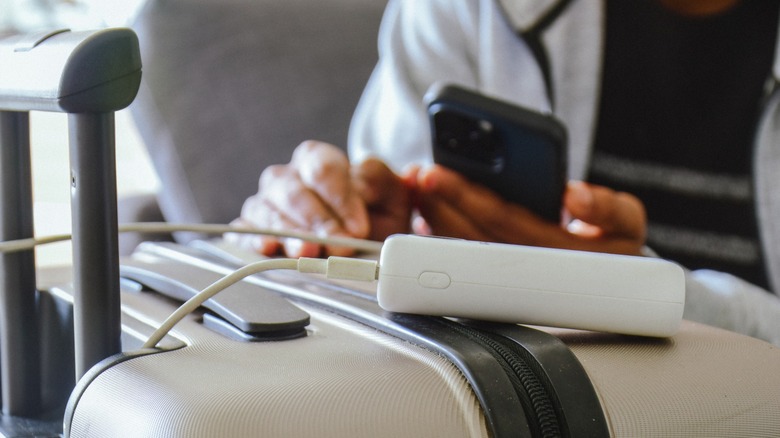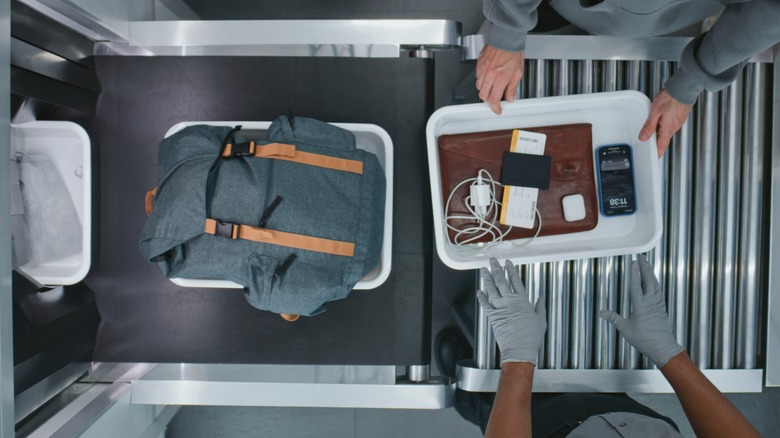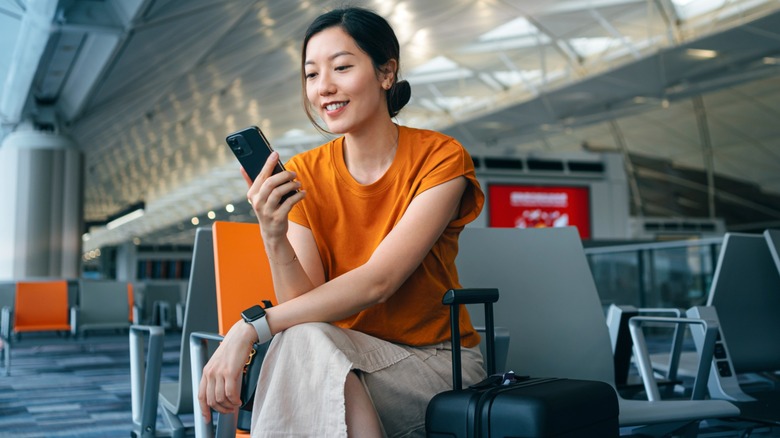Will TSA Confiscate Your Lithium-Ion Portable Phone Charger
If you're shopping for a new portable phone charger before your trip, don't just grab the biggest, most powerful-looking option you can find. TSA has strict rules on what kind of electronics are allowed in checked bags, and that massive, reliable-looking power bank might be just the reason airport security pulls you aside.
Lithium-ion batteries can easily overheat, catch fire, or even explode if they overheat or get damaged. And that risk becomes much harder to manage in the cargo hold, where fires can go undetected. The TSA and FAA require all spare lithium-ion batteries, including portable chargers, to stay in the cabin where it's easier for flight personnel to manage. That means you can bring your power bank in a carry-on luggage, but only if it meets certain guidelines.
The biggest thing TSA agents are looking at is the watt-hour (Wh) rating of the battery. If your power bank has a capacity of 100 Wh or lower, you're good to go. Most small- to medium-sized power banks fall within this limit anyway, so you can bring it onboard with no problem. If it's between 101 Wh and 160 Wh, you'll need the airline's approval to carry it with you. But anything over 160 Wh is a no-no. The TSA will confiscate it.
What kind of portable chargers will the TSA confiscate?
With the exception of power sources for a medical device, any lithium-ion battery over 160 Wh is automatically banned from passenger flights. Even then, it mustn't exceed 300 Wh, and you have to coordinate with the airline before your flight. If your power bank doesn't clearly show its mAh (milliamp-hour) or Wh rating, and the TSA officer can't confirm it's within the allowed range, they may reject it by default. Even if your charger is under 100 Wh, having no visible label to prove that is a red flag.
If your power bank has a visible label and meets the required rating, you could still lose it if you put it in a suitcase you're checking in. Security agents routinely search for and remove spare (uninstalled) lithium-ion batteries from the cargo hold during screening. They simply won't let you check it in. That's why it's best to play it safe. Check the label before you pack, confirm it's within the acceptable rating, and always keep your charger with you in your carry-on.
Ultimately, TSA officers have the final say at the checkpoint. If they decide your device poses a risk because it's too big, poorly labeled, or looks like it's damaged, it's not going with you. Even when your power bank is cleared, some airlines might instruct you to put it somewhere easy to reach, like your seat pocket. Others might even have you switch it off entirely for the duration of your flight.
Can your airline's approval make a difference?
Most airlines, like Delta, American, and Lufthansa, stick closely to FAA rules: power banks under 100 Wh are allowed with no restrictions. Anything that exceeds that can only fly if the airline approves it ahead of time. There's also a limit on how many power banks you can bring. You can't carry more than two between 101 and 160 Wh. However, depending on the airline, you may bring anywhere from 4 spares under 100 Wh.
If your itinerary includes a layover, even if you're not switching airlines, the rules of the country you're passing through might apply. In China, for instance, security officers are especially strict about labeling. If your charger doesn't have the "3C" certification, which stands for China Compulsory Certification, that could be an issue. And if you are, in fact, switching flights, some airlines won't even let you bring any kind of power bank on the flight.
Your best bet is to check your destination country and airline's policy on batteries ahead of time. Most carriers publish this under "dangerous goods" or "restricted items" on their websites. If you're not sure, call customer service. And unless you're planning to be completely off-grid, you probably don't need the biggest charger on the market. A power bank under 100 Wh is more than enough to keep your battery up. It's also generally a good idea to stick with a power bank from a reputable brand that is clearly labeled.


